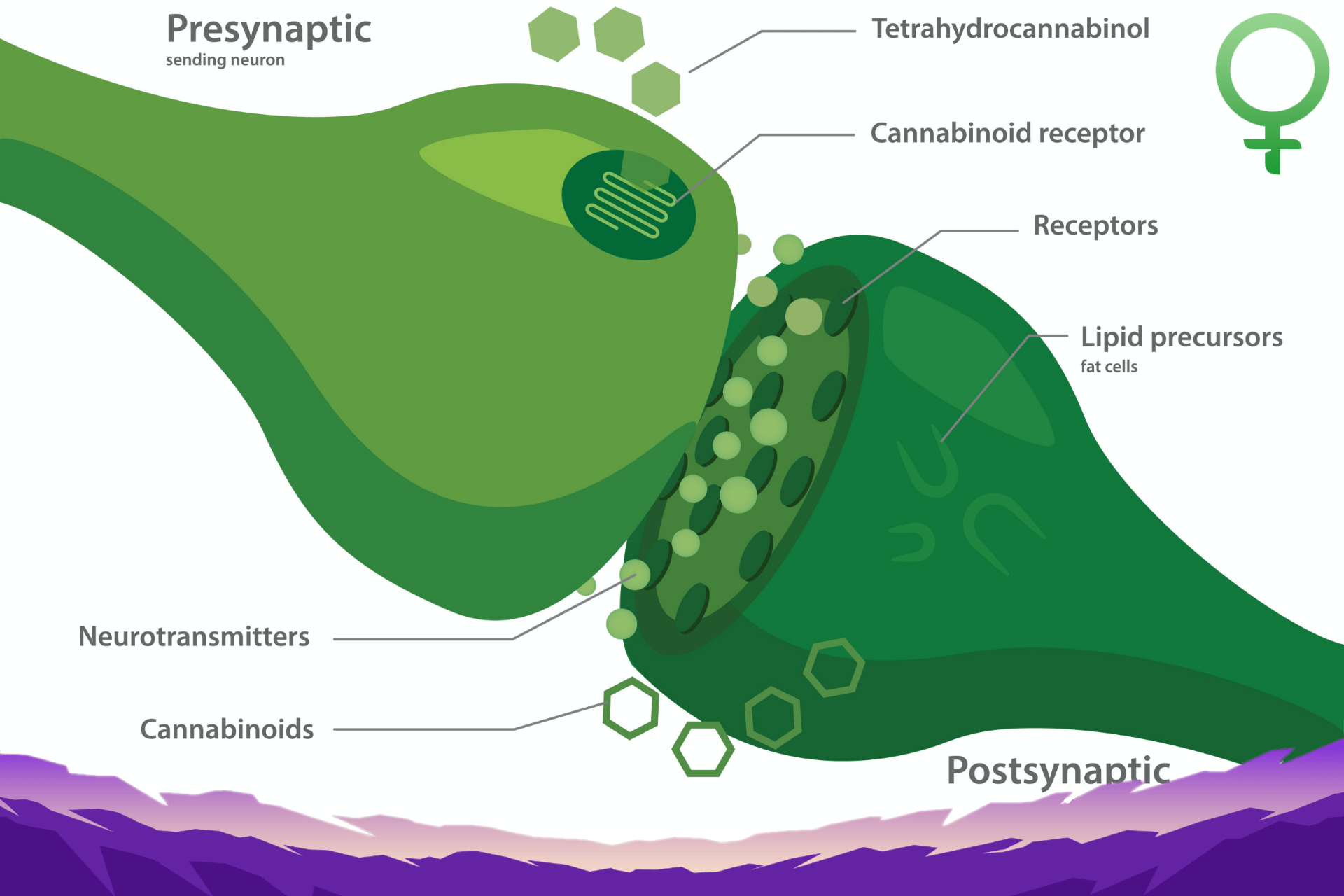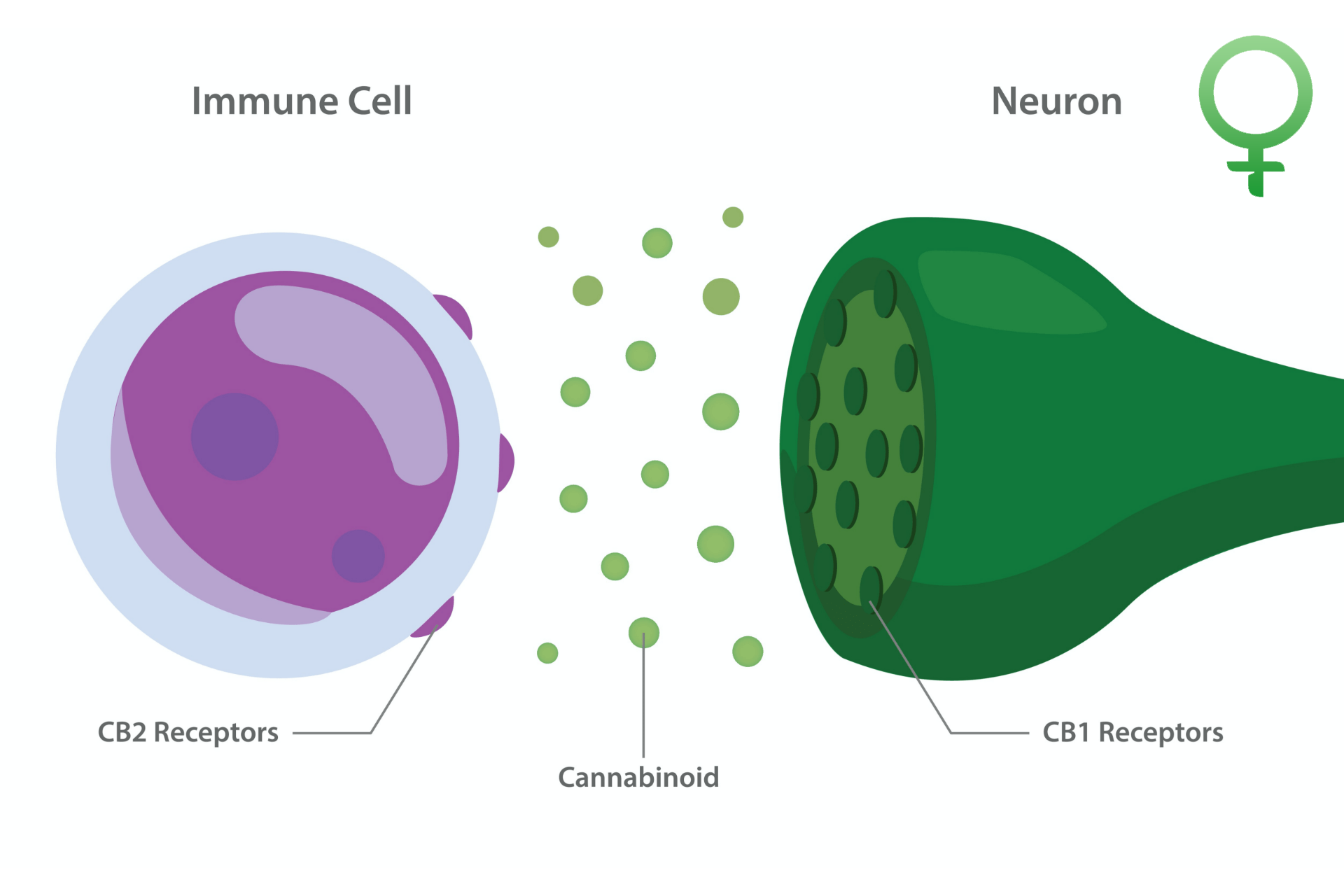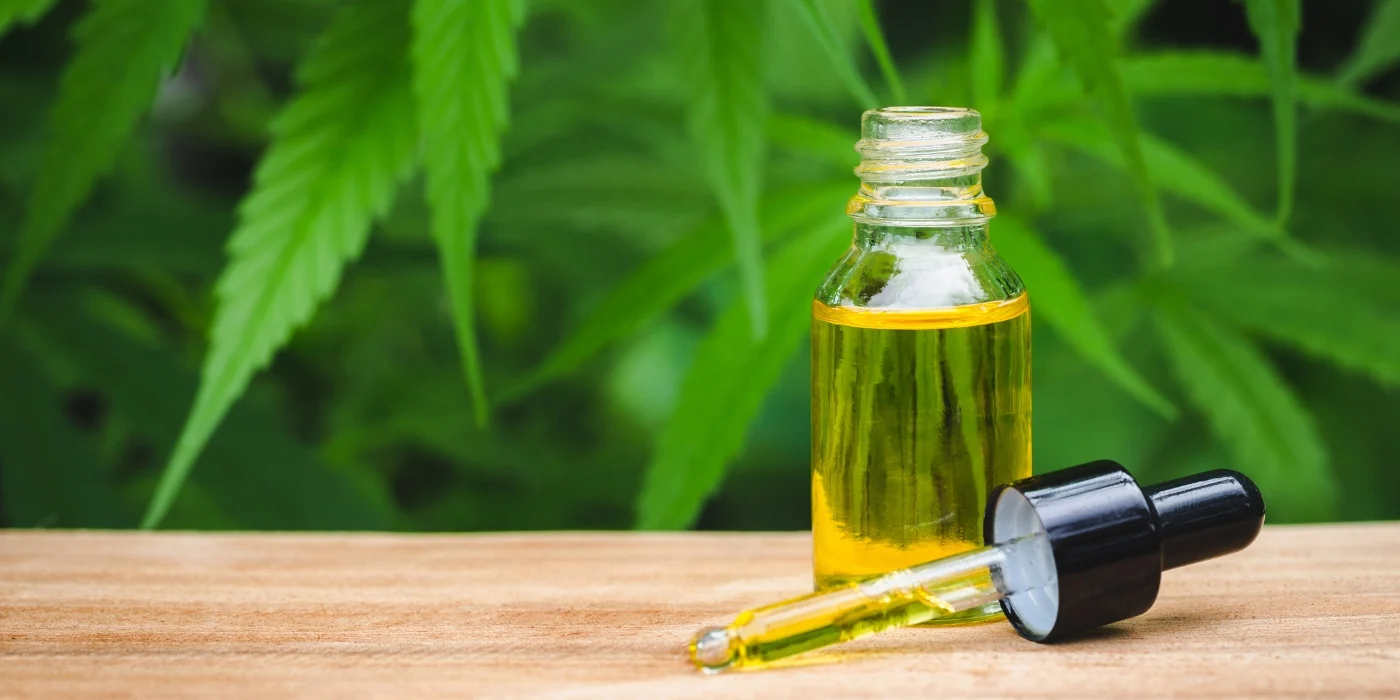
- CBD
-
by gu
Less than 30 years ago, scientists discovered the link between CBD and the endocannabinoid system. Since then, there has been increasing optimism regarding the potential therapeutic benefits CBD. A number of studies have since been conducted that seem to confirm CBD’s therapeutic properties. Moreover, anecdotal evidence from people who use CBD is also quite positive. To understand why this is, let’s take a closer look at the EC System and its effect on the body.
What is the Endocannabinoid System?
Cannabinoid receptors were first discovered in mammalian brains in 1988 by two scientists, Allyn Howlett and William Devane while working on a government-funded study at the St. Louis University School of Medicine. By 1990, Lisa Matsuda’s team at the National Institute of Mental Health had mapped the cannabinoid receptor’s DNA sequence. The team was also able to clone the design.
The discovery of cannabinoids led to the discovery of a number of endocannabinoids, or cannabinoids produced inside of the body. Lumir Hanus and William Devane discovered the first one, anandamide, at the Hebrew University in Jerusalem in 1992. Anandamide is also called the “bliss molecule” due to its mood-elevating effect on the brain.
Endocannabinoids are similar to phytocannabinoids (like CBD) which come from plants, and synthetic cannabinoids that are manufactured in a laboratory. Simply, endocannabinoids are those that are synthesized by the human body itself.
Studies of these newly discovered endocannabinoids led to the discovery of the endocannabinoid system. Essentially, the endocannabinoid system helps maintain stability within our bodies. When a body detects an imbalance, it theoretically produces endocannabinoids to help stabilize things. These endocannabinoids interact with the body’s endocannabinoid receptors leading to chemical responses that restore our bodies to a state of homeostasis, or stability.

CBD’s Interaction with the Endocannabinoid System
CBD interacts with the body’s cannabinoid receptors in a very unique way. Specifically, CBD acts as a cannabinoid receptor antagonist (rather, it blocks or only partially binds with cannabinoid receptors) to help mediate inter and intra-cellular communication. In this way, CBD can block or limit the absorption of both phytocannabinoids like THC and endocannabinoids like anandamide (AEA) and 2-arachidonoylglycerol (2-AG). In doing this, CBD can enhance the body’s ability to produce and absorb vital endocannabinoids, and regulate the interaction of external cannabinoids like THC. If you’ve ever heard someone suggest a dose of CBD to help come down from a marijuana high, this is why.
CBD’s unique interaction with the Endocannabinoid System may explain why it exerts such profound therapeutic potential. Rather than interacting directly with cannabinoid receptors, it hangs on the outside ensuring that everyone (or rather, every cannabinoid) gets where it needs to go. In other words: CBD is like the Hall Monitor, and it’s definitely winning Student of the Year.
The Therapeutic Potential of CBD
Some bodies don’t synthesize sufficient endocannabinoid levels, a condition commonly called Clinical Endocannabinoid Deficiency thanks to Dr. Ethan Russo who coined the term.
Russo conducted a research review in 2003 and published a paper suggesting a potential link between Clinical Endocannabinoid Deficiency and certain medical conditions like IBS, fibromyalgia, and chronic migraines. He proposed the possibility to treat those medical conditions by using cannabinoids like CBD to stimulate the body’s endocannabinoid system.
Subsequent research has confirmed that there is, indeed, a link between these seemingly unrelated conditions and the EC System though it’s difficult to prove that link conclusively due to a lack of research thanks to CBD’s shoddy legal status. Fortunately, much of that is changing as the Farm Bill and America’s stance on CBD evolves. Based on what we know now, though, the future of cannabidiol and CBD research looks promising.
Conclusion
The endocannabinoid system is a powerful machine. Covering almost every inch of the body, endocannabinoid receptors affect our mood, pain perception, digestion, and base instincts like hunger and sleep. When our endocannabinoid system malfunctions, external cannabinoids like CBD can help kick it back into gear. Indeed, CBD and its unique interaction with the EC system possesses therapeutic potential we’ve only begun to understand.
Contact us to learn more about hemp-based CBD and what you can do to grow along with this amazing hemp plant component.
Do you have experience using CBD therapeutically? We’d love to learn about your experience.




GS
November 20, 2020 at 11:50 pmI found your blogging site on Google. fine Job! Great place for info on Hemp